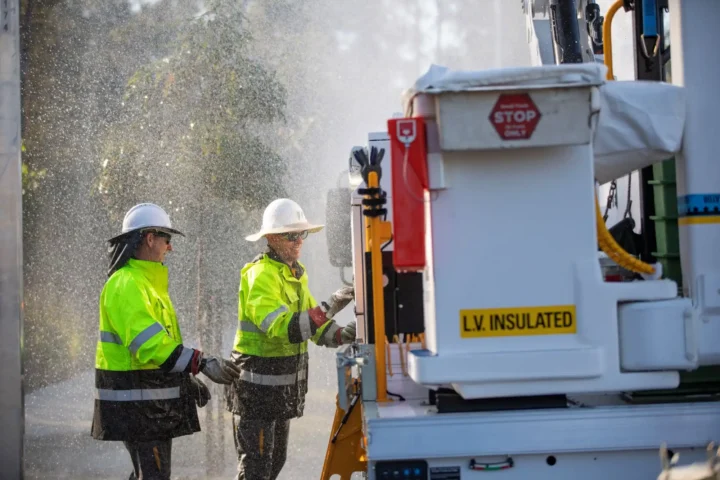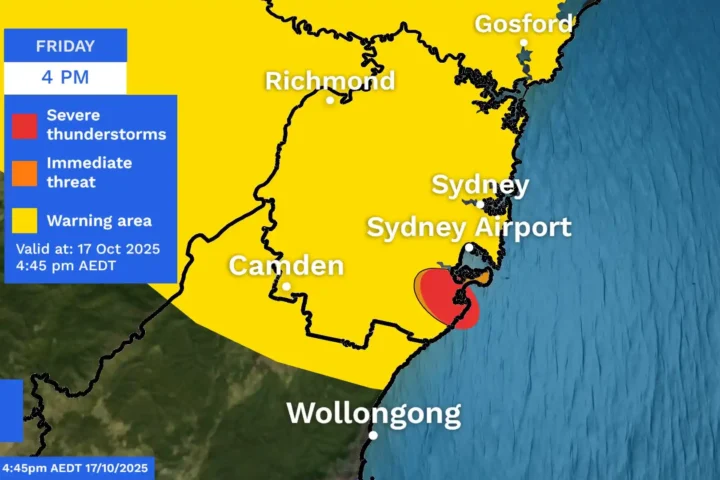The latest Australian Early Development Census (AEDC) reveals that nearly half of Australia’s children are not reaching critical development milestones when they start school, with Indigenous children showing more resilience despite ongoing challenges.
Released in mid-2025, the 2024 AEDC National Report found that only 52.9% of Australian children were developmentally on track across all five domains, down from 54.8% in 2021. This means 47.1% of children – almost half – are missing at least one key developmental target.
The percentage of children considered developmentally vulnerable has grown, with 23.5% of children vulnerable in one or more domains (up from 22% in 2021) and 12.5% vulnerable in two or more domains (up from 11.4%).
“It’s not good enough,” said Catherine Liddle, Chief Executive of SNAICC – National Voice for our Children. “We still aren’t seeing the action and improvement needed to close the gap.”
The AEDC, conducted every three years, measured over 288,000 children in their first year of full-time school across five key areas: physical health and wellbeing, social competence, emotional maturity, language and cognitive skills, and communication skills and general knowledge.
While national outcomes are declining, Indigenous children showed greater resilience. The percentage of First Nations children assessed as developmentally on track remained relatively stable, with a slight non-significant decline from 34.3% in 2021 to 33.9% in 2024. Notably, developmental vulnerability decreased for Indigenous children in language and cognitive skills, and communication skills – bucking the national downward trend.
Similar Posts
“This data gives us a signal that Aboriginal-led programs under Closing the Gap are not only making a difference but are a major part of the solution,” Liddle said, highlighting the effectiveness of Aboriginal Community-Controlled Organisations (ACCOs).
Children in regional and remote locations face even greater challenges, with over 20% of children in these areas developmentally vulnerable on two or more domains. Issues like “childcare deserts” and workforce shortages in health and education further compound the problem.
The AEDC results directly impact Closing the Gap targets, which aim to increase the proportion of Aboriginal and Torres Strait Islander children assessed as developmentally on track across all five domains to 55% by 2031.

To accelerate progress, experts urge greater investment in early childhood services, particularly those led by Indigenous communities. “Governments must listen, invest and act now if we’re serious about closing the gap for our children,” Liddle emphasized.
The findings will help guide policy decisions and resource allocation to better support Australian children during these crucial early years of development.

















